One Year Later: Looking Back on Last March
Over the course of just about one week last March, the dance industry in the U.S.—like most of the rest of the world—skidded to a halt. As the seriousness of the COVID-19 pandemic sank in and government restrictions were put in place, theaters suddenly went dark and studios closed their doors.
To mark the one-year anniversary of the shutdowns, Dance Magazine spoke to a number of dance professionals—presenters and directors, dancers and choreographers—about their experiences of getting put on pause, and what we’ve lost and learned in a year that’s tested the limits of our resilience over and over again.
Before that last bow
Lorin Latarro, choreographer
:
“We were in previews for Mrs. Doubtfire, with packed audiences. I was also in tech for The Visitor down at The Public Theater, and Sara Mearns was dancing my choreography in La Traviata at the Met Opera. On March 12, I had six friends come see Mrs. Doubtfire, and we all went for drinks and nosh at the Aureole. We had an amazing time, but there was this underlying fear of, What is going to happen? At that dinner table, it was a bunch of doctors, and they kept comparing this to SARS, which ended up not being the pandemic everyone thought it was going to be. At that moment, people still thought this wouldn’t be a difficult disease to manage.”
Christopher K. Morgan, executive artistic director of Dance Place: “Dance Place had just finished producing a premiere by Orange Grove Dance. I remember seeing Becky Ferrell, someone I know well, in the lobby before one of their shows and she offered an elbow, saying, ‘Are we going to do this or should we hug?’ And I was like, ‘We should hug!’
“That Monday, I flew to Phoenix to adjudicate an American College Dance Association regional conference. When I landed, I noticed on Facebook that colleagues adjudicating in another region just had their conference canceled. I wondered, Wow, I just flew all this way; would that happen here?”
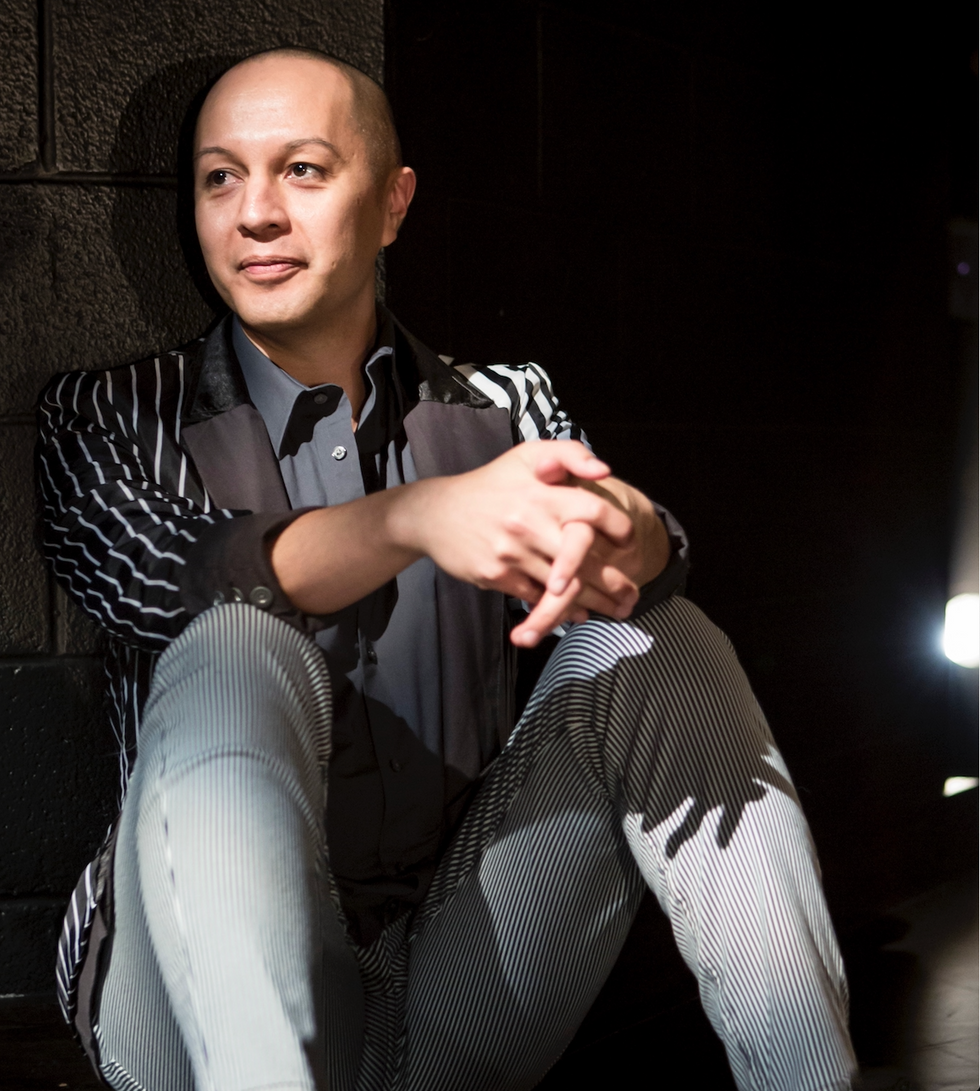
Brianne Bland, Courtesy Dance Space
Solomon Dumas, dancer at Alvin Ailey American Dance Theater: “In the beginning of March, while on tour in Chicago, I remember company member Kanji Segawa, whose mom runs a dance school in Japan, telling us it was pretty drastic there and that things were shutting down. I thought he was being dramatic. I thought, Nothing like that ever happens in America. We’re good.”
Evan Copeland, freelance dancer:
“I was in rehearsals for a project with Martha Clarke, and on that Wednesday, March 7, we didn’t get past the start before we all sat down and were like, Whoa, what’s going on? Then on Thursday we got an email that said we’re not coming in.”
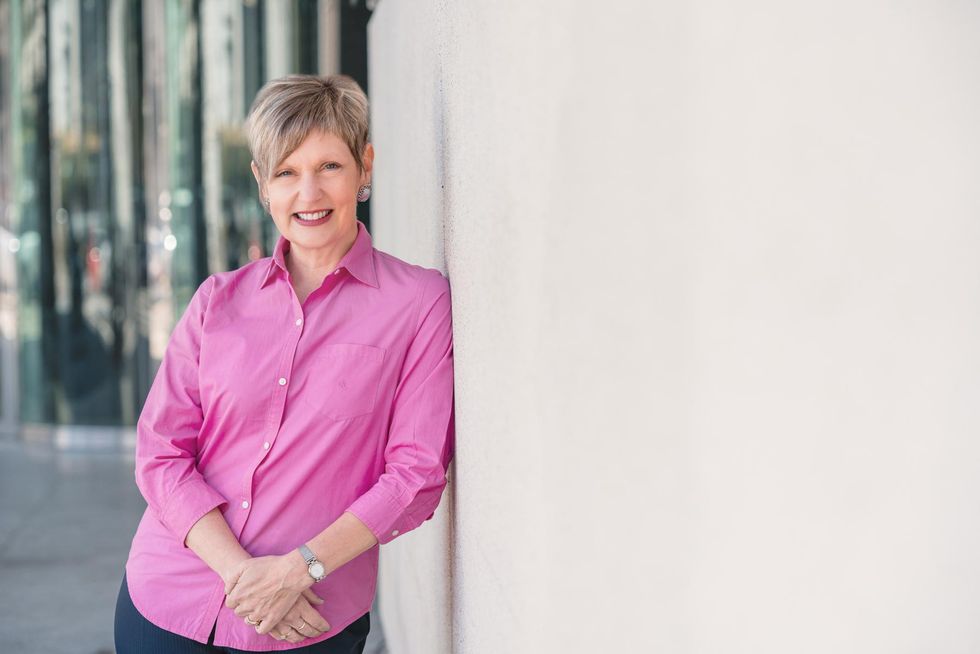
Brandon Patoc, Courtesy SFB
When the shutdowns began
Kelly Tweeddale, executive director of San Francisco Ballet:
“March 6 was opening night of A Midsummer Night’s Dream. At a pre-event dinner with some supporters, during the cocktail hour, I got a call from the city that they were issuing a health order to go into effect the next day that would shut down the War Memorial Opera House. I had to give a speech to our supporters, but the information wasn’t public yet so I just talked about what it took to bring this work to the stage. Only Helgi [Tomasson, artistic director] and I knew at that point that opening night would also be closing night.
“When the performance started, I suddenly realized there was this whole chain of communication that needed to go out. A small group of us were in my office figuring out what to say. No other performance venue in the U.S. had been closed at that point. In the middle of the show it was announced in the media, and rumors were flying backstage. After it ended we gathered everybody onstage and told them what we knew.”
Ann Marie Hudson, owner of Millennium Dance Complex:
“My longtime VP of operations, Jin Lee, took me into the back office on March 13 and said, ‘This is our last day.’ I was in shock. I couldn’t believe we were going to have to close for two weeks. We announced it via Instagram, and the reaction from dancers was ‘How are we going to not dance?’ To see what it meant to them reminded me of why I’ve been doing this for nearly 30 years.”
Latarro:
“The information kept changing by the hour. My husband is a doctor, so within two days of leaving the theater, I was also leaving our apartment with our daughter because he had to work with COVID patients.”
Morgan:
“I tried to get a flight out of Phoenix early but couldn’t get a seat. I was constantly in communication with Dance Place. We were in those early stages of ‘Okay, we’ll increase the cleaning protocols, reduce the number of people.’ We just kept adapting. And then as I was coming back, the mayor enforced an official lockdown.”
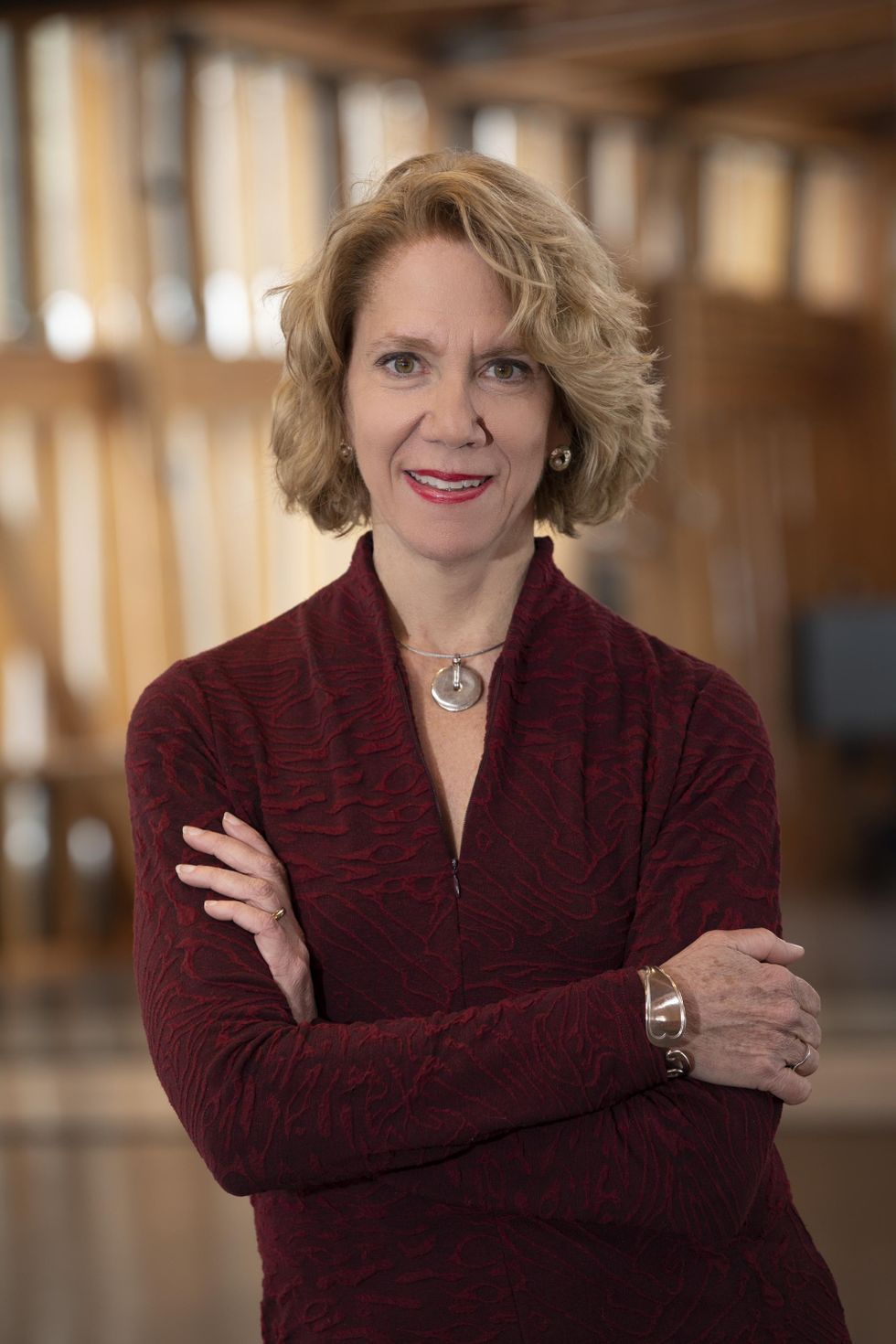
Christina Lane, Courtesy of Jacob’s Pillow
Copeland:
“Our five-week residency in Italy got canceled. A tour I was supposed to go on for a piece called Lost Mountain that Bobbi Jene Smith choreographed got canceled. Then the gym where I teach was shut down. My adjunct teaching work at NYU fell through. It wasn’t only dance but all the side gigs that disappeared.”
Pamela Tatge, executive and artistic director of Jacob’s Pillow:
“The moment it really hit me was when I realized that I was in a position of working with the board to determine the risk to people’s lives. We are in the business of uplifting souls and building community. To be trying to make decisions about the safety of people’s lives was a very sobering moment. That’s not something I’d ever been called upon to do.”
And then it continued
Dumas:
“I was subletting my place in New York to a friend to save money while on tour, so I couldn’t go back yet. When Ailey told us that performances were canceled for a couple of weeks, my plan was to visit my grandmother in Alabama, then go home to Chicago. But I got stuck in Alabama for seven weeks. I was badly missing my co-workers, who are like my family. It was weird and bizarre. I still only had the clothes I’d brought on tour, and was washing them every week. I was trying to take virtual classes but hadn’t jumped in a month—I’m in my 30s now, and that’s not healthy.
“Then my father was diagnosed with COVID and was hospitalized in Chicago. He was the weakest he’d ever been in his life. He’s a lot better now, but his wife died. And her children weren’t even able to see her in the hospital to say goodbye.”
Copeland: “I remember running by the hospital near where my partner Kate and I live in Brooklyn and there were two refrigerated tractor trailers parked in the dock area. Knowing they were just full of bodies from these overrun hospitals, I had to stop running. I just wanted to cry.”
Morgan: “In June, I was facilitating a virtual conversation for APAP, and in my opening remarks, I took a moment of silence for the 112,000 people who had lost their lives to COVID-19 in this land we call the United States, and over 400,000 worldwide. It was in really and truly processing those numbers, the magnitude of it all sunk in.”
Hudson:
“We hopped into the mode of how to open safely in a month. We made a plan for using a professional ozone filtration machine and spray cleaning. We bought something for dancers to clean the bottoms of their feet. In the end, we were only allowed to open for 10 days in July before the governor closed it back down.”
Copeland:
“It took months for unemployment to go through, for stimulus checks to come in. We didn’t pay the rent for a couple months because we didn’t know what was happening and didn’t want to throw our safety net into rent. In July, we ended up moving out of the city. It was hard to find trucks because everyone was leaving town.
“Eventually, I started picking up more work through the gym as they transferred to online training. The side hustle became the hustle.”
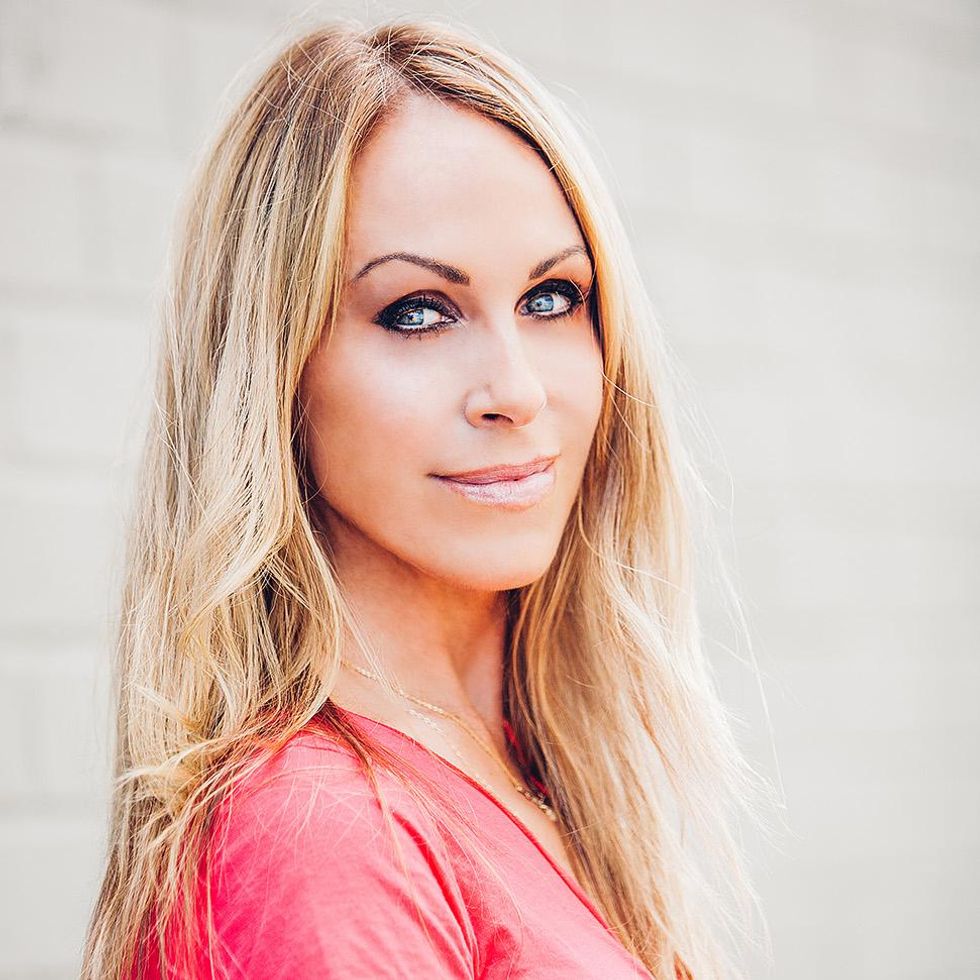
Courtesy Hudson
Tweeddale:
“I’ve actually been working in my role at SFB remotely for longer than I did in person. People are very vulnerable right now, and being on screens is so isolating. How do we handle the mental and psychological toll this has taken?”
Morgan:
“Dance Place was facing a $400,000 loss in the last fiscal year, which ended August 31. But due to relief grants and the Paycheck Protection loan, we’ve kept our full staff on with no furloughs; we’ve paid 50 percent of our artist fees and we hope to reengage with them to complete that agreement. We’ve kept meeting with our artists whose productions got postponed each time we’ve learned more about what the timeline might look like.”
Tatge: “Then in November, the Doris Duke Theatre burned down. To have a physical structure that was so animated, that was the holder of so many stories devastated by fire, it feels like we are having to remake our institution in more ways than we ever dreamed of. Looking at how we are going to support artists getting back to work, looking at systems of white supremacy, looking at how we rebuild structures on campus, it feels like we’re embarking on a new era.”
Hudson:
“It’s a year later, and there’s still no signs of reopening. So many other studios in L.A. shut down for good. Even if we were allowed to open at 25 percent capacity, most of our students, they’re in their teens and 20s, and they’ve gone back home to their parents. Zoom classes worked for the first few weeks, but to be honest, it dwindled so much. The great thing that happened was that we started an online tutorial site called RedWall Tutorials. David Moore, a videographer, had been wanting to do this for a while, but the space was always booked.”
Dumas:
“Ailey ended up doing a virtual Lincoln Center season last summer. Then in September, we started doing virtual conditioning from our homes for five weeks to prep for rehearsals for a virtual New York City Center season. When we reentered the studio, my natural inclination was to hug everyone! But of course we had to stay socially distanced, in cohorts of seven dancers. We just went back into the studios again to learn a new Jamar Roberts piece. And I still don’t think I’ve gotten used to dancing in a mask.
“I miss my normal job terribly. I miss touring. I will be running to wherever they’re administering the vaccine as soon as I’m able!”
Copeland:
“This thing I’ve done my whole life was shut off because it’s not ‘essential.’ I don’t believe that. We need to change lives. We need to come into the theater one way and leave another. There wasn’t a lot of talk about the arts community and how they were impacted. There still isn’t.”
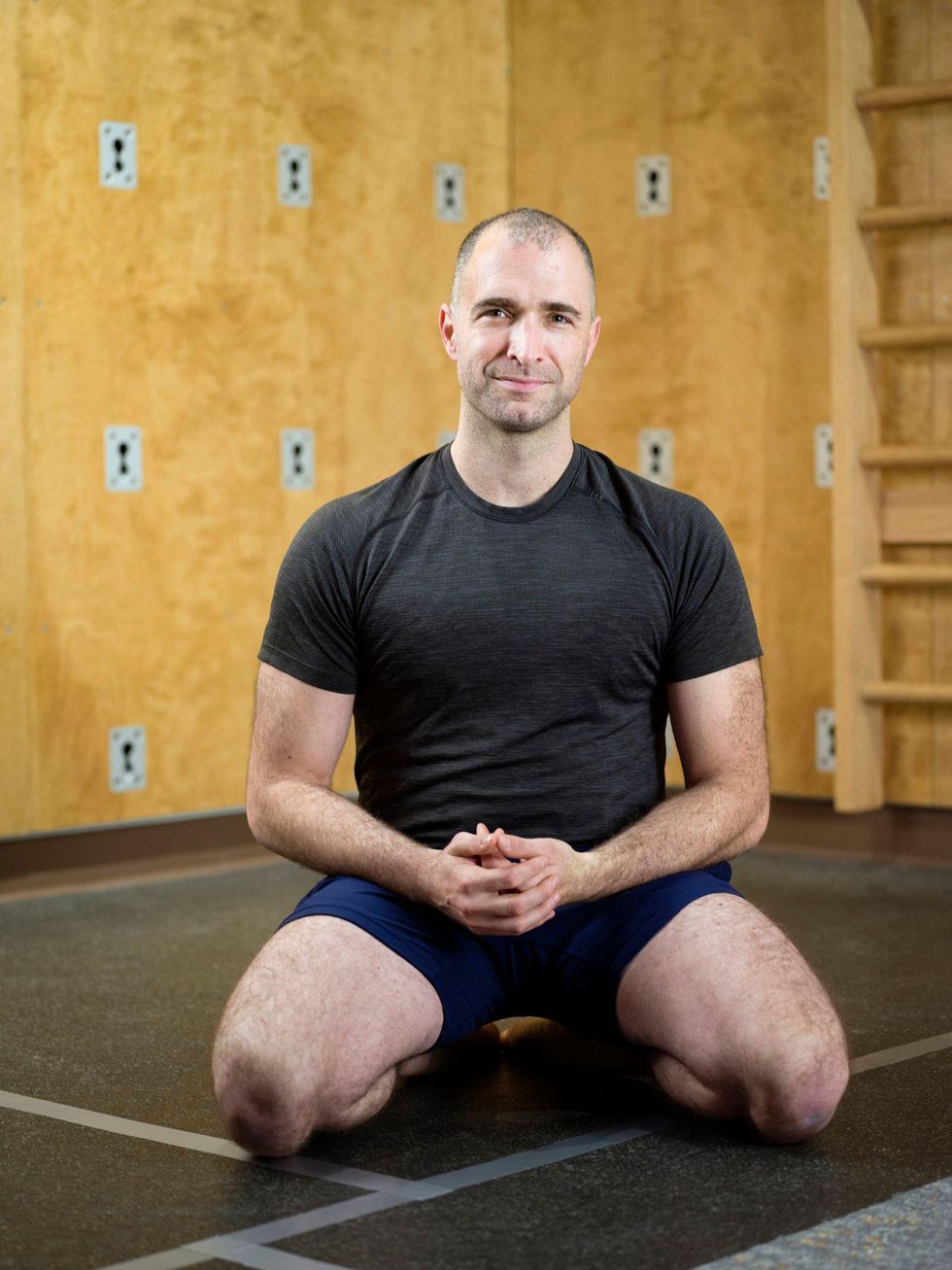
Dorothy Hong, Courtesy Copeland
If we could turn back time…
Dumas:
“I wish I had started therapy the day the tour was canceled. Granted, I’ve managed to stay COVID-free and hey, I was able to receive unemployment, but I did take a financial hit. Personal things also flared up. Being around family for seven weeks—I love them, but sometimes they miss social cues. This pandemic has just been hard. I didn’t find a therapist until August. It was the medicine I didn’t know I needed. Dancing and performing was how I used to find peace and healing. When that was taken away, I needed to up the ante.”
Tweeddale:
“I think our naïveté actually kept us going. If we had known how hard this would be, we may have just shut down altogether and waited it out. I’m so thankful we didn’t.”
Tatge:
“If I’d known how long this would last, I would have taken a trip to see my sister in Washington beforehand. It’s the thing I’m struggling with most.”
The silver linings
Morgan:
“This time has really highlighted how much care and communication is needed in our field. We’d benefited from modeling ourselves after the corporate business world, but if we decenter humans, we risk artistry. Right now with Creating New Futures, Dance Place is greatly reenvisioning the contracting process to be more equitable to artists, hopefully in a way that helps artists better stabilize their business models.”
Tweeddale:
“I was talking to someone who called this a ‘tri-demic’: the health pandemic, then after the killing of George Floyd we’ve been reckoning with social injustice within our art form and organizations, and we’re also looking at our financial and business models where nothing works in this non-live world. We’re trying to grapple with all three of these things. What’s worked and what hasn’t worked has come to the forefront.”
Copeland:
“Being alone, I found myself in my head, going through ups and downs and bouts of depression. Questioning, If I haven’t danced in a year, do I really need it anymore? Then I stepped into the studio to teach at NYU last month and there was just this joy. This is what I do! I love this!”
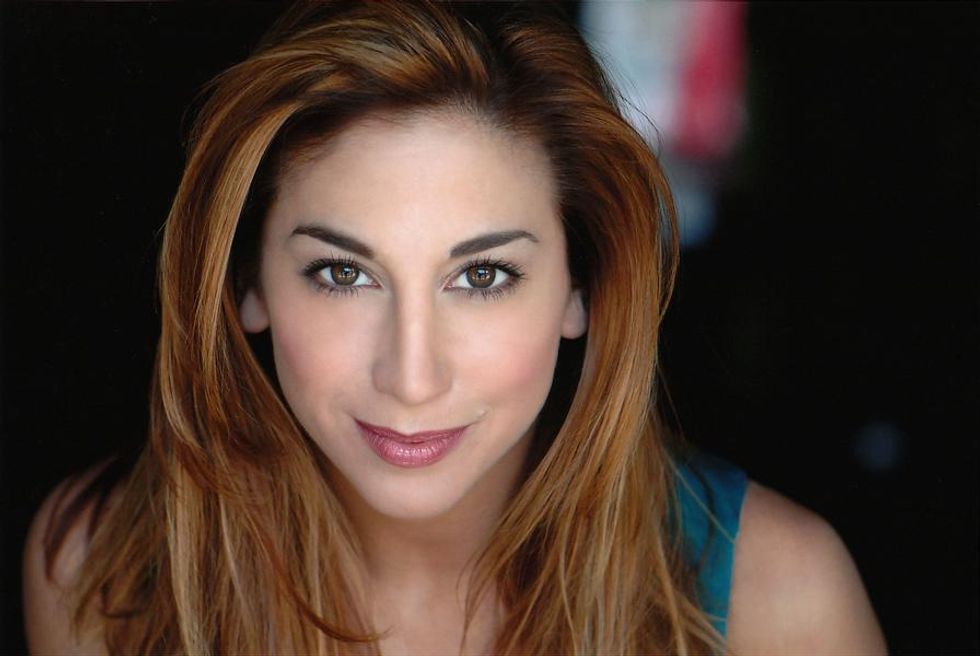
Courtesy Latarro
Latarro:
“In the past year, my husband and I have gotten closer, and I’ve had real bonding time with my 2-year–old daughter. And it’s been really exciting to work on new projects with writers, finding new stories I’m interested in. I’m taking a year-long online certificate program from NYU in film and TV. Sometimes you’re so busy running from rehearsal to rehearsal, you don’t have bandwidth for inspiration or new ideas.”
Dumas:
“It was a culture shock spending seven weeks in Alabama. But I got to spend time with my 92-year-old grandmother—I never would have had that chance otherwise.
“Also during this period, I found love! We’ve been having virtual movie nights, drinking wine and going on virtual dates to the Louvre. It’s the corniest but cutest thing I’ve ever done in my life.”
Hudson:
“All my worst fears came true. And I found out it was actually fine.”
Hope on the horizon
Tatge:
“I’ve gained a deep appreciation for human contact, for embrace, for the visceral feeling we get when we witness the capacity of the human body. I can’t wait for that feeling we all have the moment when we enter into a performance together, and as a presenter I get to witness the exchange between artists and an audience.”
Morgan:
“I really miss live dance in theaters. I miss chatting about a show with colleagues or an audience member afterward. I miss it being a 20-minute process to go 30 feet to leave the building. Lots of great adaptations have happened virtually, but in-person gatherings are such an important part of the dance community.”
Latarro:
“It will be interesting to see what audiences respond to after this. Whether people will want to laugh or cry or be deeply moved. Or if they just want any collective experience. What stories will people gravitate to? The Roaring 20s happened after the Spanish Flu. So if history repeats itself, it’s going to be one giant party.”




